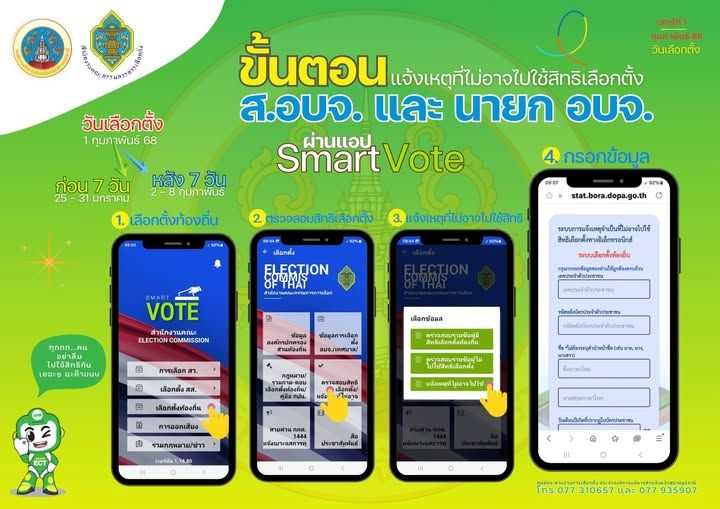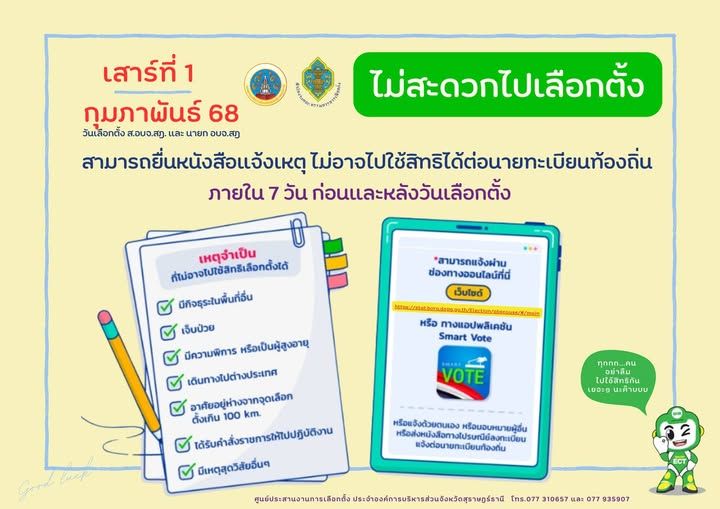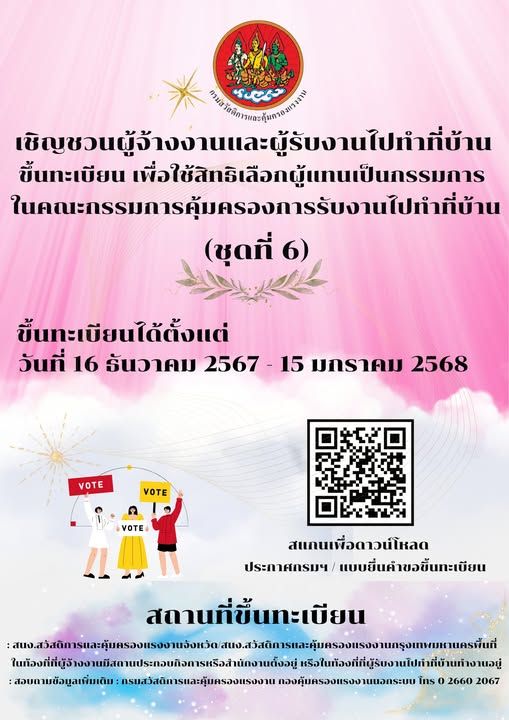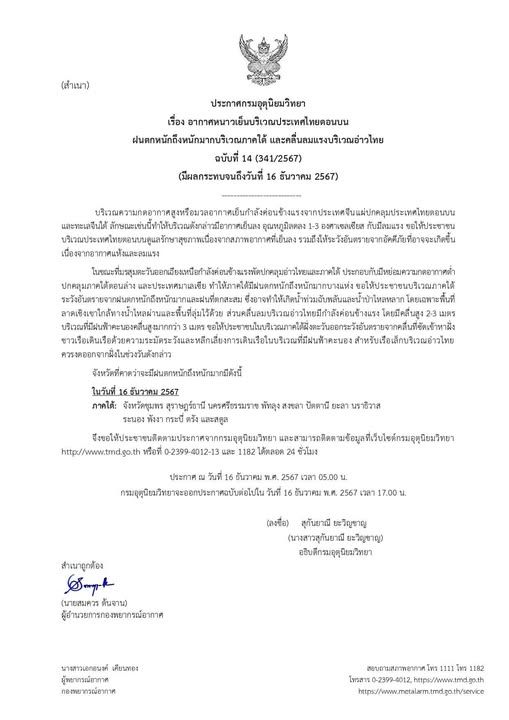Exciting news! Thailand is expecting a surge in air traffic as it implements a visa-free policy, targeting tourists from China, Kazakhstan, India, and Taiwan. With over 1.3 million flights predicted in the coming year, increased airport capacity and new air routes will make Thailand even more accessible to international tourists. Get ready for a sky-high adventure in the land of smiles! ✈️🌴🌞 #ThailandAirTrafficBoost #VisaFreeTravel #TourismExpansion #LandofSmiles #AdventureAwaits
Announcement of the Visa-Free Policy
The year ahead looks promising for Thailand’s air traffic, with Deputy Minister of Transport, Surapong Piyachote, projecting over 1.3 million flights following the government’s recent visa-free policy announcement. Aimed at enticing tourists from China, Kazakhstan, India, and Taiwan, this initiative has been unveiled in an attempt to facilitate more incoming international flights to the country.
Meeting with Aerothai Executives
After a meeting with Aerothai executives, Deputy Minister Surapong revealed that the ministry’s objective was to optimize air traffic flow management. From October 1 of the previous year to September 30 this year, Aerothai reported approximately 720,000 flights. Forecasts suggest that by the end of this year, the number of flights to Thailand will almost return to pre-pandemic levels, reaching up to 1.2 million, with a further 20-30% increase, or roughly 1.3 million flights, expected in the coming year due to the visa exemption policy.
Visa Exemptions for Indian and Taiwanese Nationals
Starting from November 10 of the current year until May 10 of next year, Indian and Taiwanese nationals will be exempt from visa applications. An estimated additional influx of 900,000 Indian and 400,000 Taiwanese nationals is expected to visit Thailand during this six-month visa-free period.
Seaplane Operations License Applications
In a noteworthy development, some transport operators have lodged applications for seaplane operations licenses with the Civil Aviation Authority of Thailand. Among the applicants is Siam Seaplane Thailand, which has plans to commence a seaplane service on Lipe island in Satun province. Seaplane routes and operations are expected to be in place by December, targeting passengers with high purchasing power who desire privacy and luxury.
Air Traffic Controller Training and Airport Capacity
In preparation for the increase in international tourists, Aerothai has trained its air traffic controllers to handle high-intensity runway operations. This training will enable Suvarnabhumi airport’s air traffic to increase from 68 flights per hour to between 94 and 104 flights per hour. Similarly, if the third runway at Don Mueang airport is complete by the end of next year, the airport will manage 57 flights per hour, a significant increase from the current 50 flights per hour. Phuket airport’s new terminal is also expected to increase its handling capacity to 25 flights per hour, up from the current 20.
Aerothai Partnerships
Aerothai’s collaborative efforts with China and Laos are geared towards creating more air routes to cater to regional flights, further bolstering the accessibility of Thailand to international tourists.
Frequently Asked Questions
Q1: What implications does Thailand’s new visa-free policy have on its air traffic?
Thailand’s newly implemented visa-free policy, targeting tourists from China, Kazakhstan, India, and Taiwan, is expected to cause a surge in its air traffic. Deputy Minister of Transport, Surapong Piyachote, predicts over 1.3 million flights in the coming year as a result of this policy. This projection signifies a near return to pre-pandemic levels for the kingdom. The anticipation of such heightened activity has prompted initiatives to increase airport capacity and create new air routes, making Thailand more accessible to international tourists.
Q2: How are Indian and Taiwanese nationals affected by the visa exemptions?
The visa exemption policy, effective from November 10 of the current year to May 10 of the next, benefits Indian and Taiwanese nationals. They are exempt from visa applications during this six-month period. Thailand expects an additional influx of approximately 900,000 Indian and 400,000 Taiwanese nationals due to this initiative, further contributing to the rise in air traffic.
Q3: What preparations are in place to accommodate the predicted surge in air traffic?
In anticipation of the increased air traffic, Aerothai has trained its air traffic controllers to handle more intense runway operations. For instance, the training will allow Suvarnabhumi airport to increase its air traffic from 68 flights per hour to between 94 and 104 flights per hour. Should the third runway at Don Mueang airport be complete by year-end, that airport will manage 57 flights per hour, a notable increase from the current 50 flights per hour. Moreover, Phuket airport’s new terminal is expected to raise its handling capacity to 25 flights per hour, up from 20. This collective expansion in airport capacity will facilitate the management of the expected surge in air traffic.




